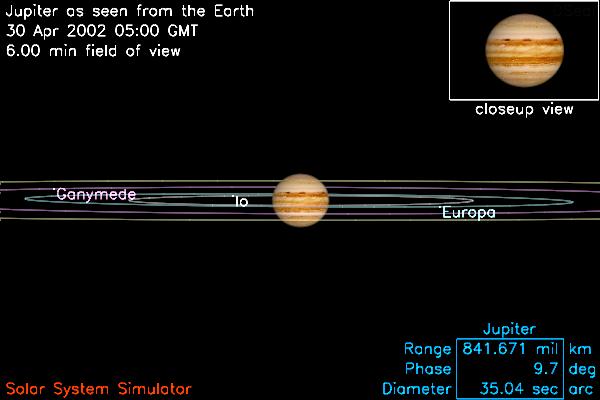![]()
- My First Lunar Mosiac!
Actually this is my first real astrophotograph. It's a lovely waxing crescent moon, don't you think? The large "crater" (actually, a "sea") in the image is Mare Crisium.
I took five images on May 7th, 2000 4:40 UT. I used a 90mm refractor with a 1000mm focal length (F11). Each image was taken in 3/100's of a second with a MX5-16 CCD camera at prime focus. Each image has been enhanced with a filter to enhance sharpness, but contrast was left as is.
![]()
As you can see from the images below, I'm working my way through theMessier objects, in the hopes of getting one of those Messier Certificates from The Astronomical League.
I'm going to have to go back and take better photos of some of these objects once I get more experience.
Please click on the thumbnail image to see the full resolution image and data about how and when it was taken. Click on the link for more information about the object itself.
 Apollo 11 Landing Site |  Apollo 16 Landing Site |
 Apollo 17 Landing Site |  M3 |
 M13 |  M51 |
 M57 |  M65 |
 M66 |  M81 |
 M82 |  M97 |
 M104 |  M106 |
 M108 |  Lunar Crater Tycho |
![]()
Jupiter
Here is my first photo of Jupiter. You can see Ganymede on the left and Europa on the right.


Courtesy Jet Propulsion Laboratory.
Copyright (c) California Institute of Technology, Pasadena, CA.
All rights reserved
Date: | April 30th 2002 |
Time: | 5:02:49 UT (22:02:49 PDT) |
RA: | 6h 47m |
DEC: | +23° 13’ |
Telescope: | 250mm Schmidt Cassegrain |
Focal Length: | 2500mm |
Focal Ratio: | F/10 |
Exposure: | 10 photos at 1/100th of a second |
Camera: | Starlight Express MX5-16 CCD |
Filter: | Lumicon Visual Back Deep Sky Filter |
Seeing: | Poor (high clouds and light pollution) |
Processing: | 10 photos Averaged |
Unsharp Mask | |
Aspect Ratio Corrected | |
Scaled to fit 600 pixels wide |
![]()
- Weather
Weather information is of course critical to amateur and professional astronomers alike. So here is a link to my observatories local weather conditions within the past hour: Weather Page

